The technological integration is the heart of SENZ. It uses a combination of advanced sensors, one of them being an EMG (Electromyography) sensor, which records and analyzes the user's muscle activity. It allows an accurate scan of muscle function and provides key information for the rehabilitation process. Also, SENZ uses TENS therapy (Transcutaneous Electrical Nerve Stimulation) to deliver electrostimulation to key muscles in the user's limb. These sensors help to strengthen and activate the muscles in a controlled manner, contributing to the rehabilitation and improvement of physical functionality.
In addition to its functionality, SENZ is also designed based on a concept that incorporates fluidity at its core, both in the product itself and in the user experience. The design promotes personal well-being by providing support in strategic areas and introducing technology to the user in a friendly manner. It was chosen to use rigid yet flexible materials (Thermoplastic Polyurethane) to make the user interact comfortably with SENZ.
 Maria Fernanda Casanello
Maria Fernanda Casanello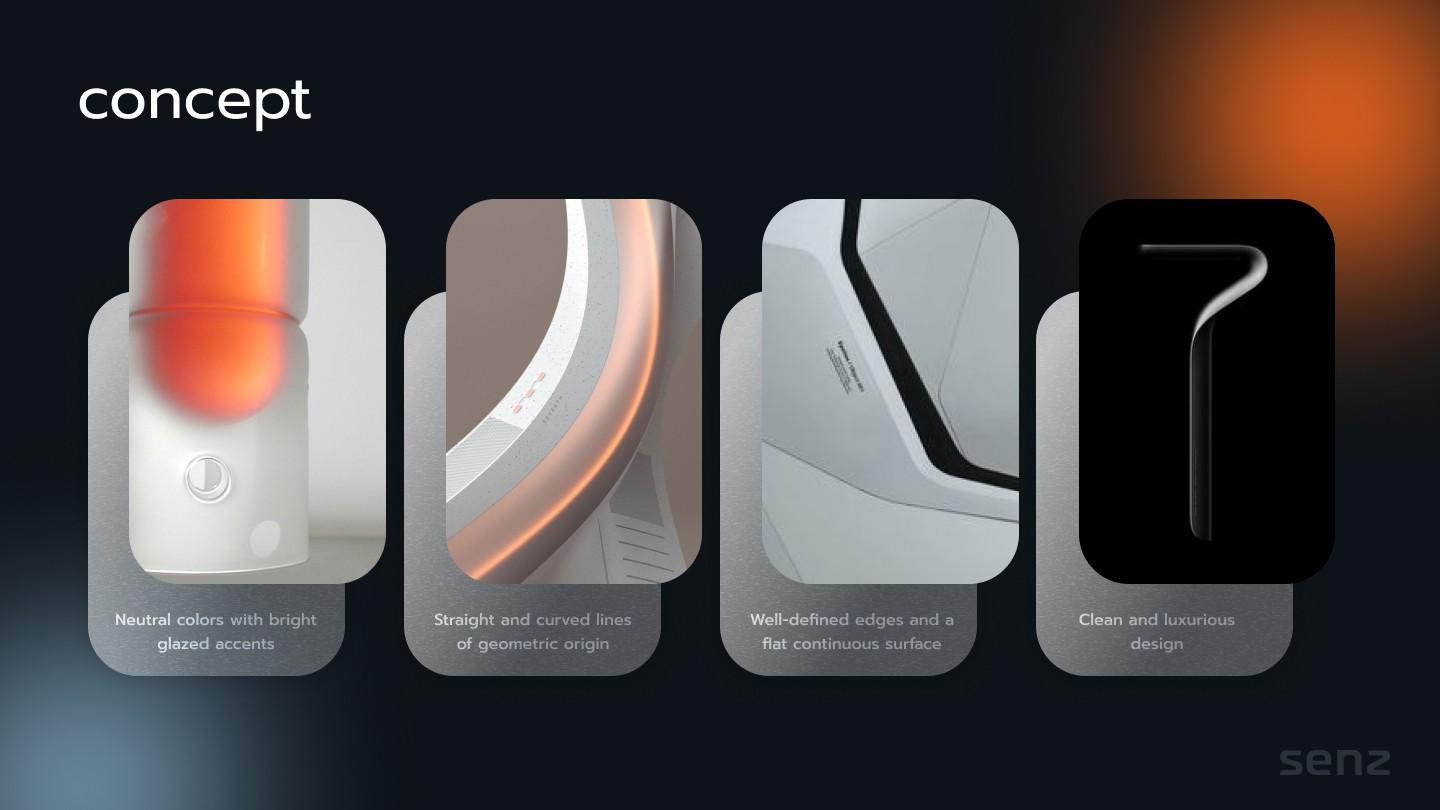
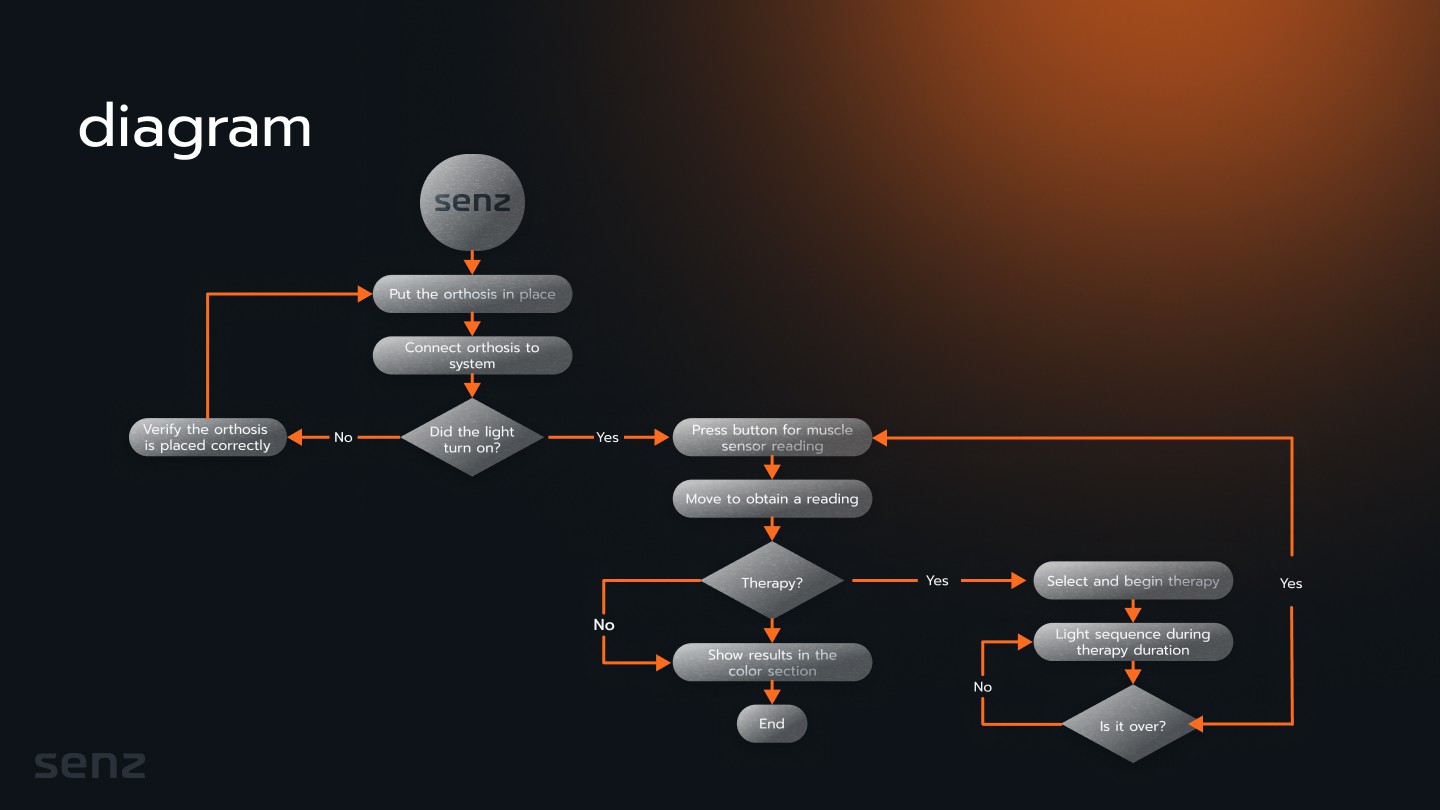
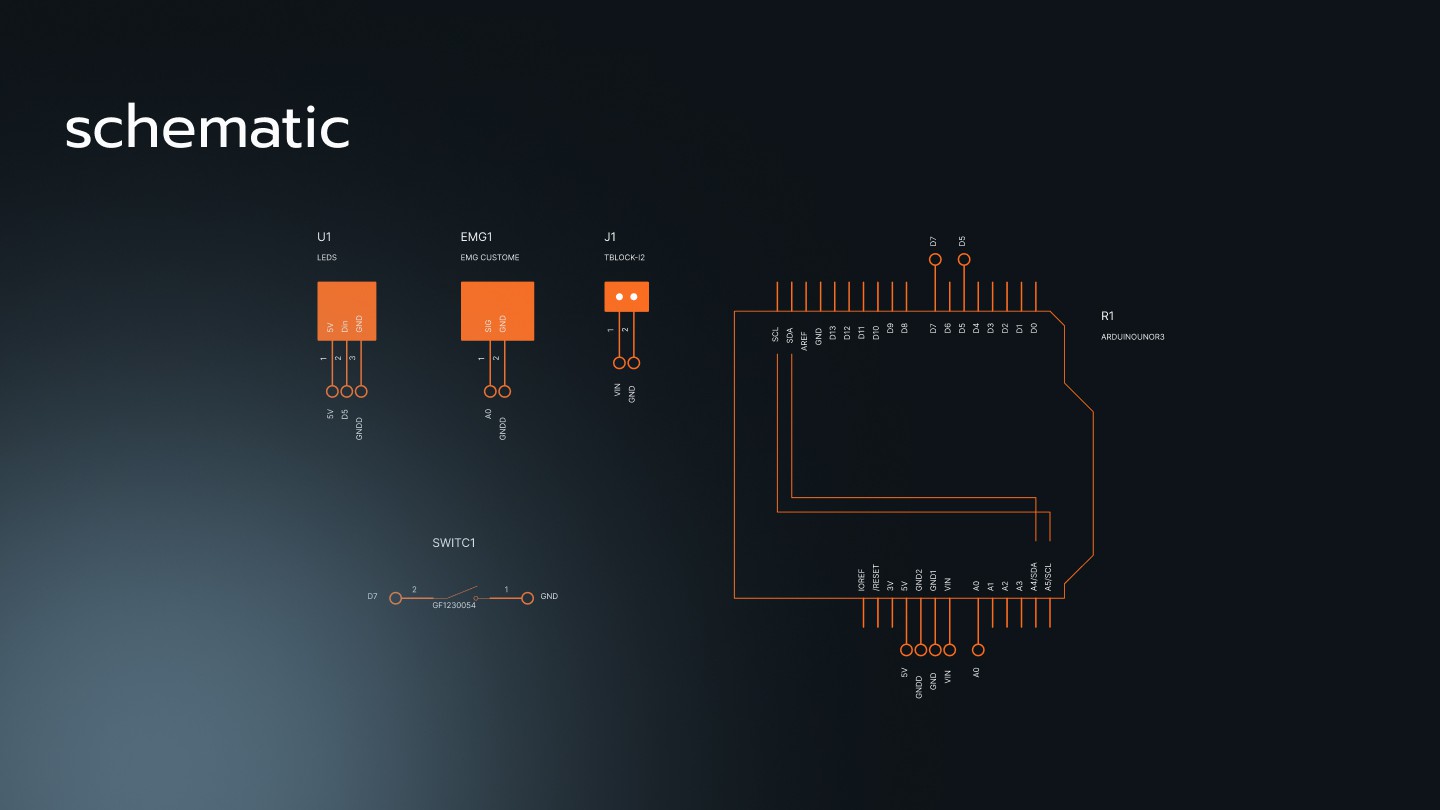

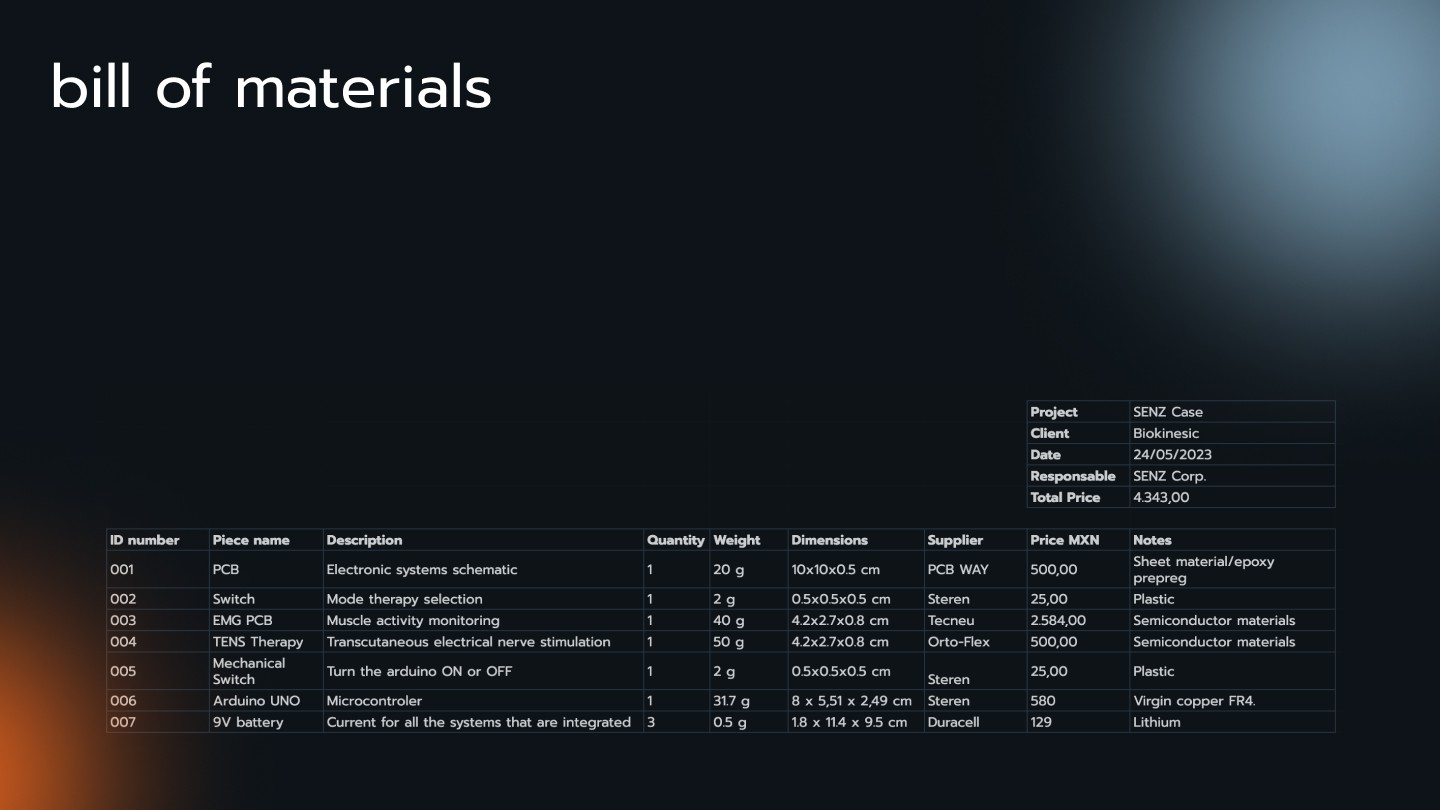
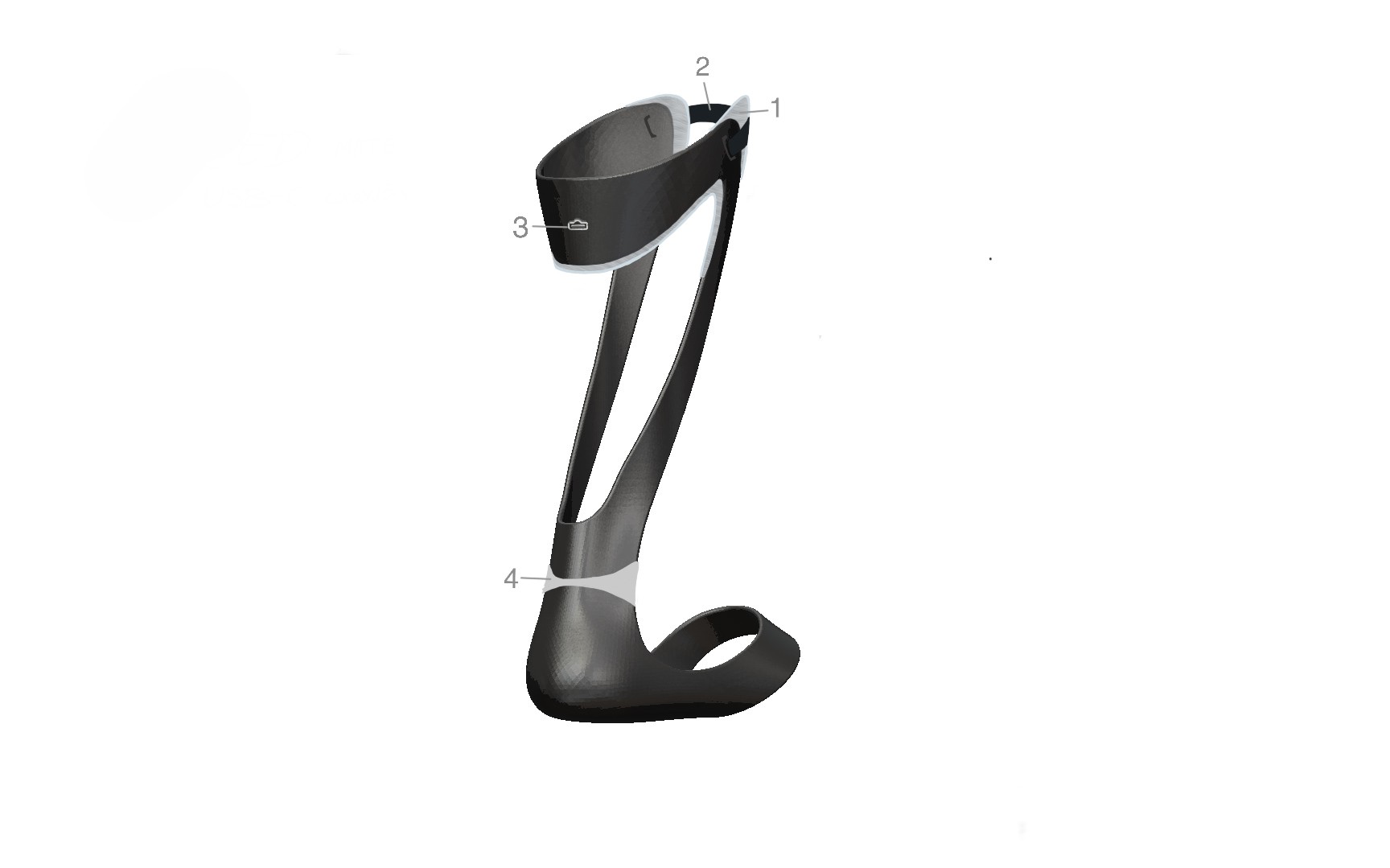

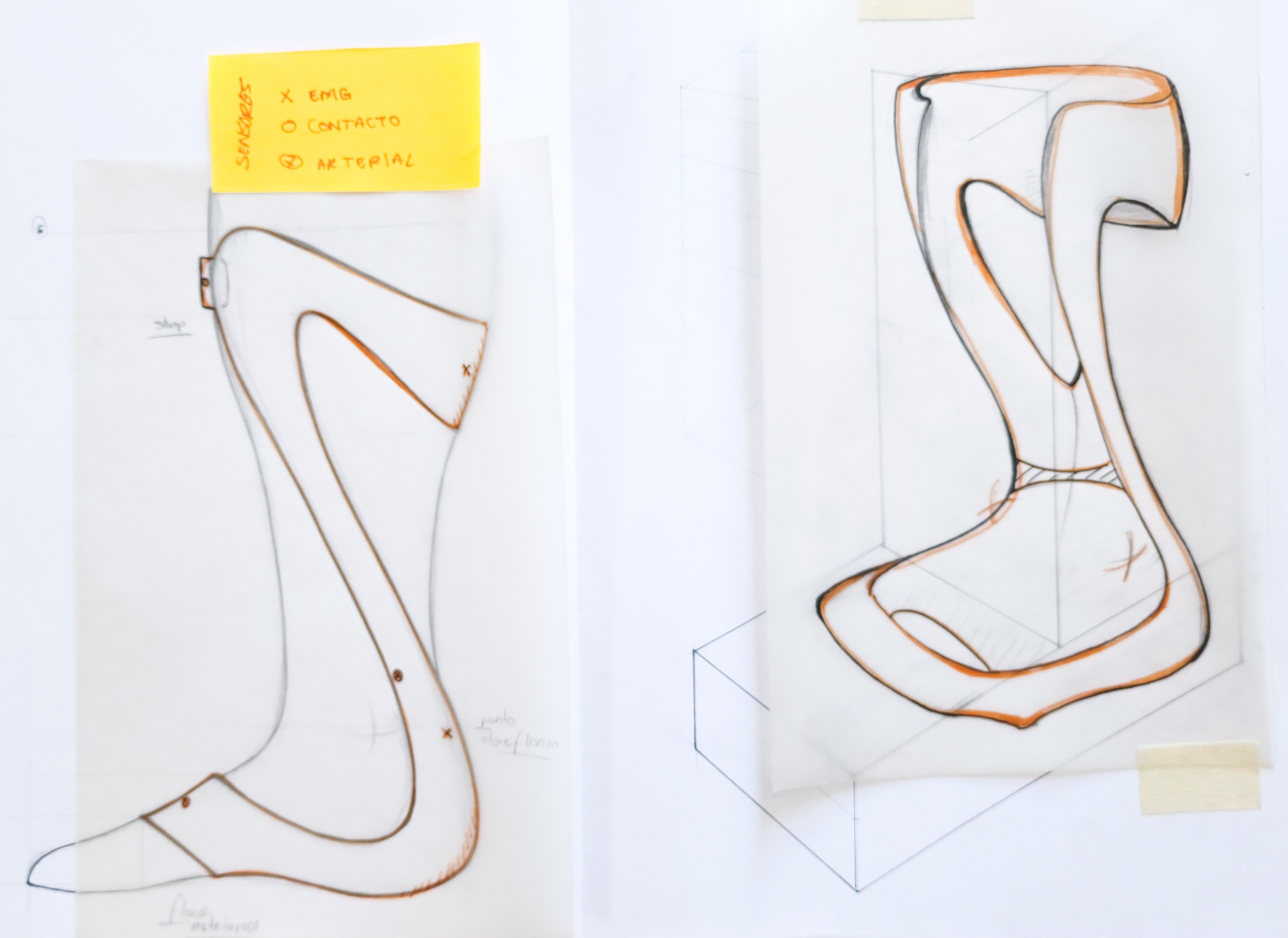
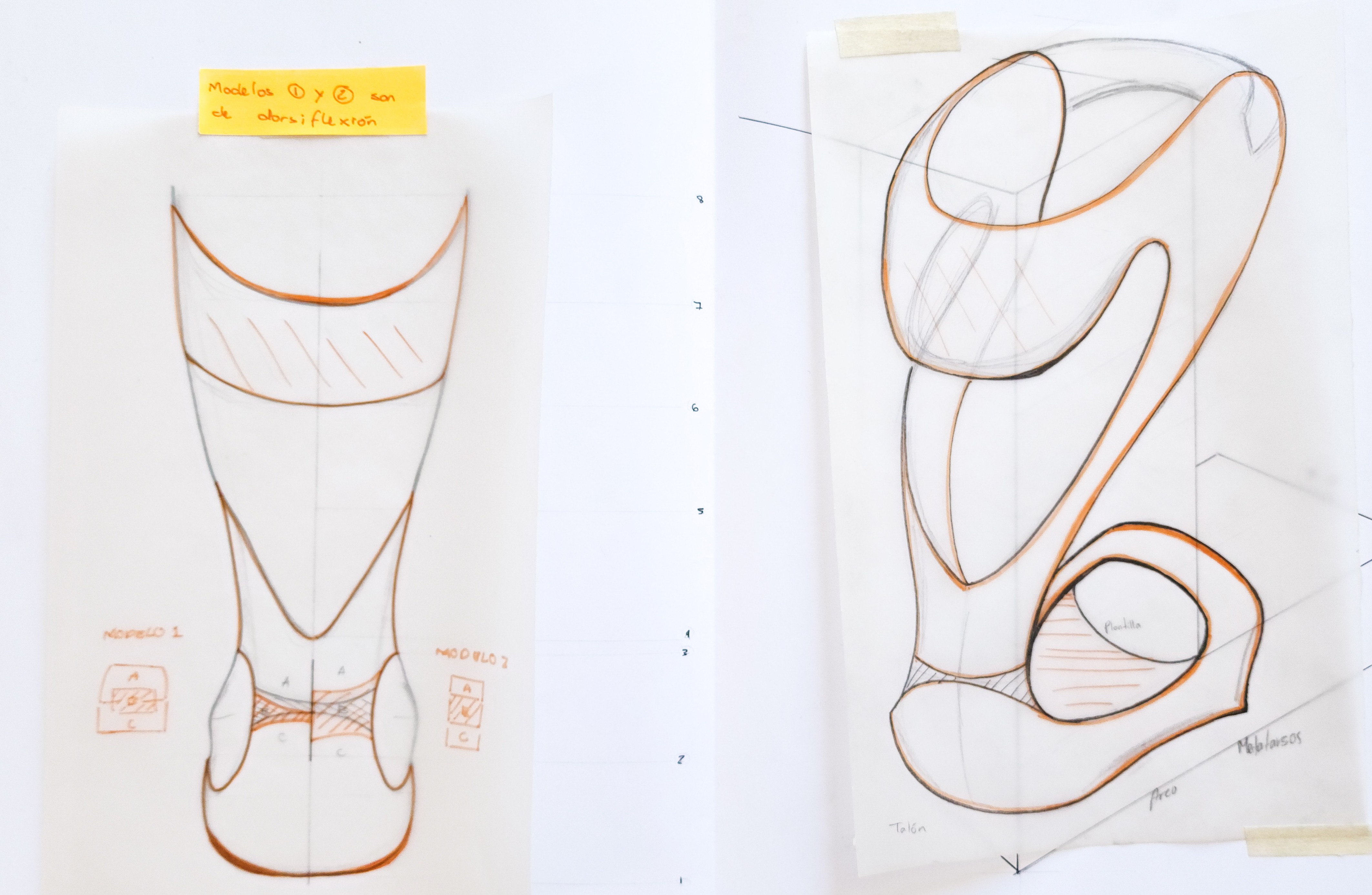


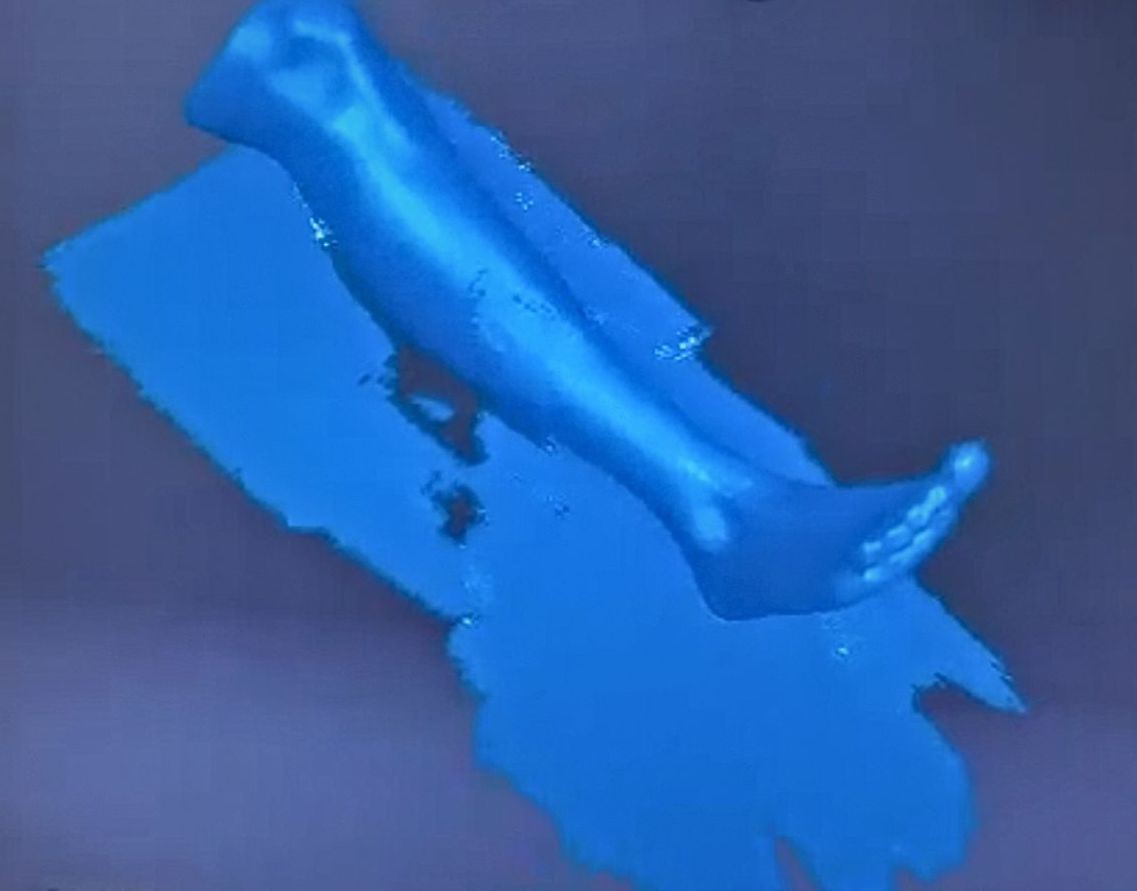
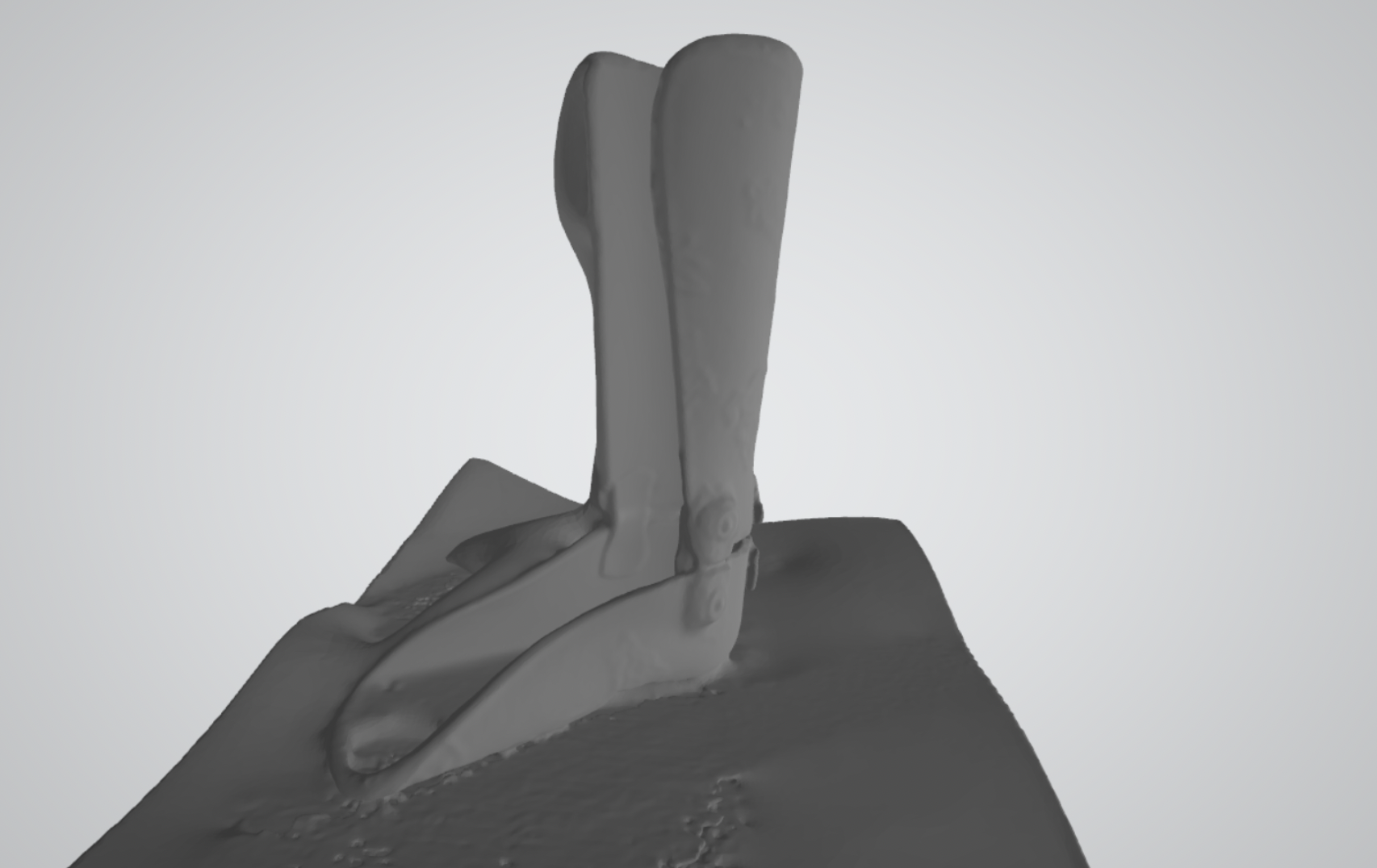


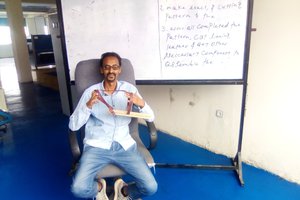
 Anteneh Gashaw
Anteneh Gashaw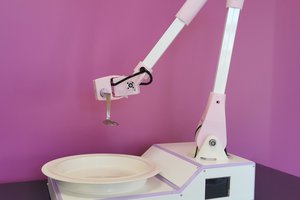
 Julien OUDIN
Julien OUDIN
 Shu Takahashi
Shu Takahashi
 skuhns
skuhns